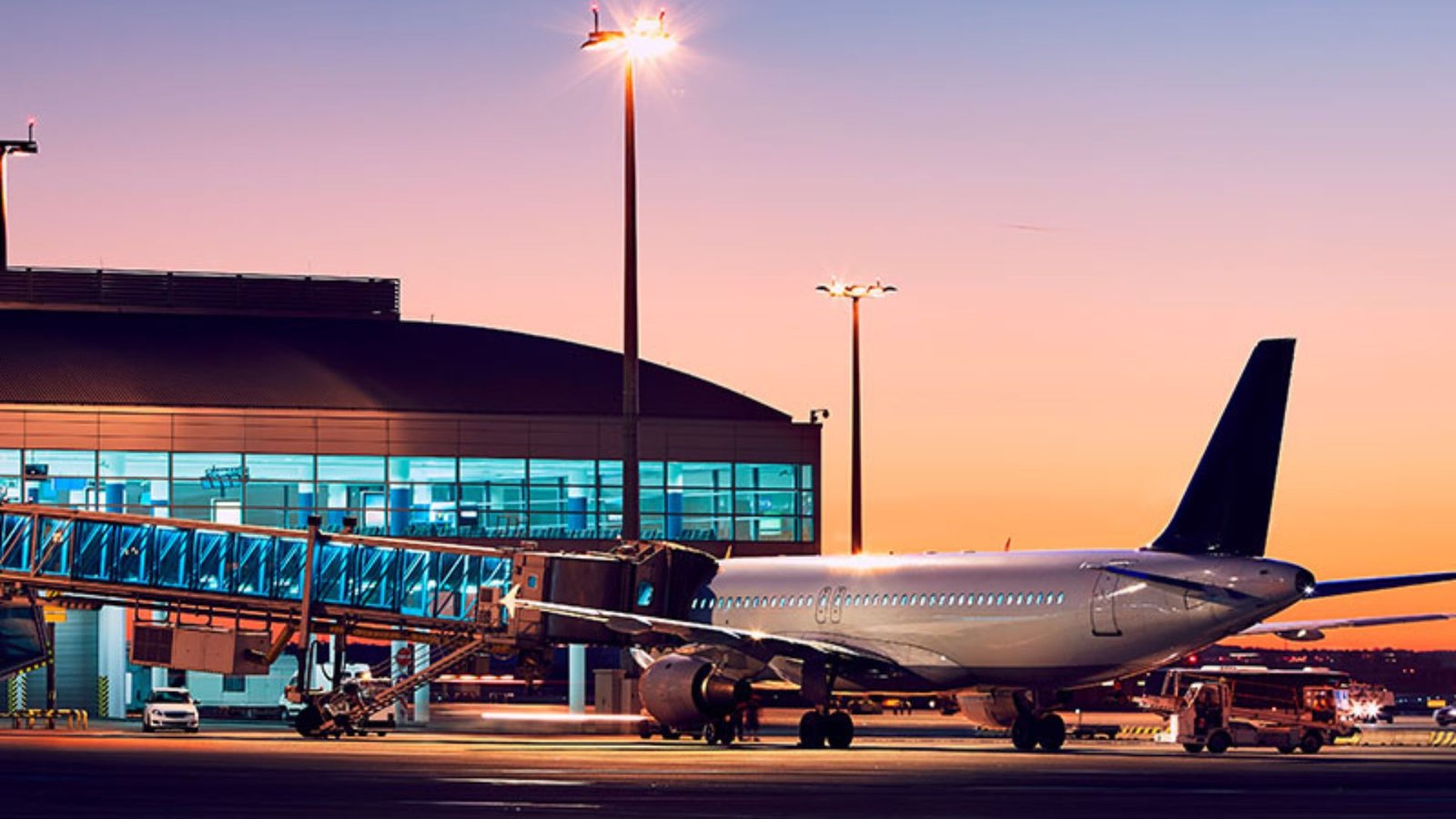Airports are evolving rapidly, transitioning from traditional transportation hubs to smart airports that harness cutting-edge technology to improve efficiency, security, and the overall passenger experience. As air travel continues to grow, the aviation industry is adopting innovations to make airports faster, more efficient, and more user-friendly. Here’s a look at the future of smart airports and the technologies that are shaping the next generation of travel.

Biometrics and Facial Recognition
One of the most significant developments in the future of smart airports is the use of biometrics for seamless passenger identification and enhanced security.
- Touchless Check-In: Passengers will be able to check in at kiosks or even at the gate using just their face or fingerprint, eliminating the need for boarding passes or identity verification.
- Speeding Up Security: Biometric screening will reduce waiting times at security checkpoints and immigration, making the overall process smoother and faster.
- Seamless Travel: From check-in to boarding, biometrics can track a passenger’s identity in real time, allowing for continuous identification throughout their journey.
Artificial Intelligence (AI) and Machine Learning
- Automated Customer Service: AI-powered chatbots and virtual assistants will provide instant customer service, answering questions and assisting passengers with everything from flight information to baggage tracking.
- Smart Resource Allocation: AI can monitor airport traffic patterns and allocate resources more efficiently, such as directing passengers to shorter security lines or adjusting staffing levels in real-time.
Automation and Robotics
The rise of automation and robotics will dramatically change the way airports operate, particularly in areas like baggage handling, check-in processes, and security screening.
- Self-Service Kiosks: From check-in to boarding, automated kiosks will enable passengers to handle most of the administrative tasks without human assistance, streamlining the airport experience.
- Security Robots: In the near future, robots may assist with security checks by scanning bags, conducting routine patrols, and providing assistance to passengers.
Smart Luggage and Tracking
Smart luggage technology is on the rise, with bags now equipped with GPS tracking, biometric locks, and remote control features to help ensure safety and convenience for travelers.
- Real-Time Tracking: Passengers will be able to track their luggage in real-time via mobile apps, reducing the stress of lost or delayed bags.
- Self-Weighting Luggage: Future luggage will come with integrated weighing technology, automatically checking if your bag exceeds weight limits before you even arrive at the airport.
Conclusion
The future of smart airports is an exciting one, driven by cutting-edge technologies such as AI, biometrics, automation, and blockchain. These innovations are set to transform the way passengers experience travel, making airports faster, more efficient, and more personalized. While some of these technologies are already being tested, it won’t be long before they become the standard at airports worldwide, enhancing both the security and convenience of air travel for years to come. Whether it’s through streamlined check-ins, AI-powered services, or green initiatives, the future of smart airports is bright, efficient, and passenger-friendly.









